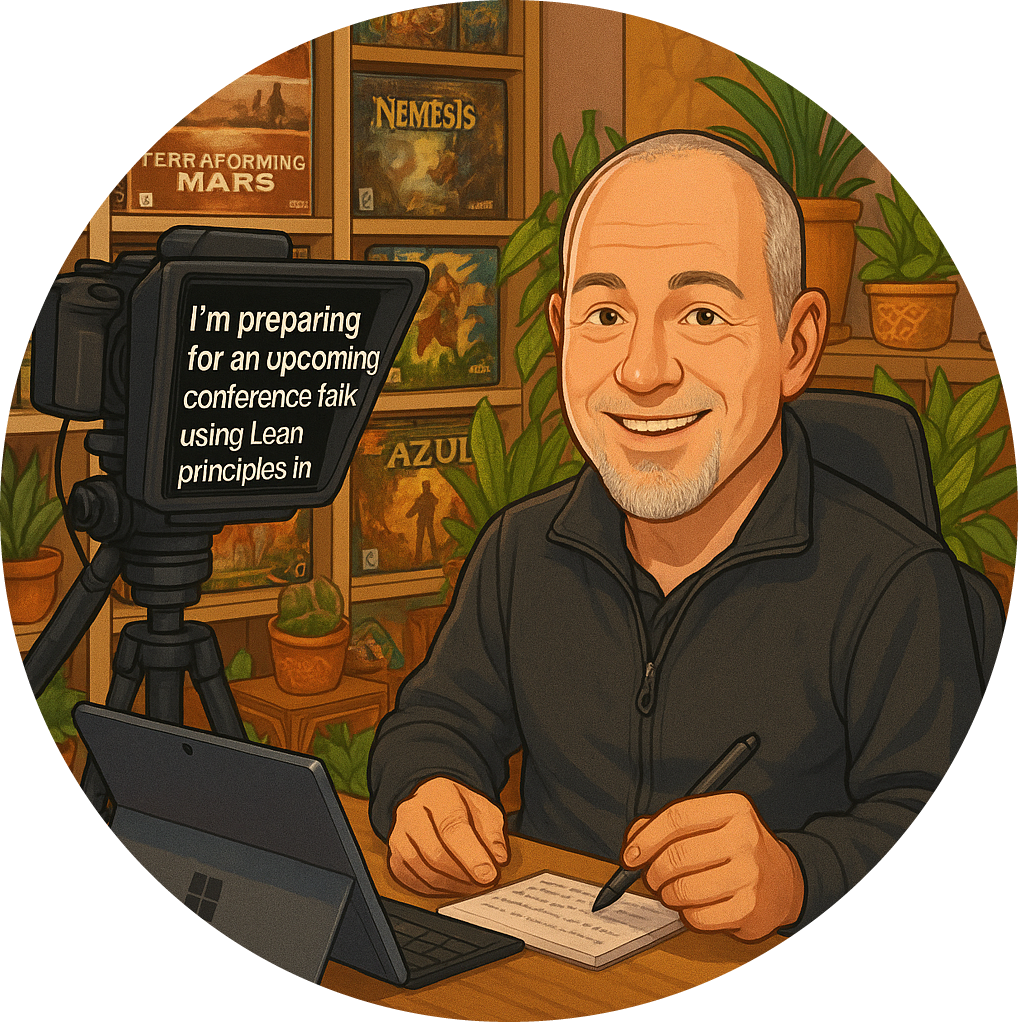When it comes to defining what makes a truly great Scrum Master, I find myself grappling with a rather complex question. The answer is not straightforward; it’s deeply circumstantial. The effectiveness of a Scrum Master can vary significantly depending on the organisation and the team dynamics. You might have an individual who excels in one environment but struggles in another simply because the fit isn’t right.
The Importance of Team Fit
One of the key attributes of a great Scrum Master is their alignment with the team. This is why I firmly believe that the team should have a say in selecting their Scrum Master. It’s not just about appointing someone to the role; it’s about choosing a person who embodies the trust and understanding that the team needs to thrive.
- Team Selection: When a team selects their Scrum Master, it fosters a sense of ownership and accountability. This individual is seen as a peer rather than an authority figure, which can significantly enhance collaboration and communication.
Beyond the Team: Navigating Organisational Impediments
While a Scrum Master must focus on the team, they also need to look beyond it. Often, the most significant challenges a team faces are not of their own making. Most teams are acutely aware of their strengths and weaknesses, even if they don’t always acknowledge them.
- Identifying Impediments: A great Scrum Master helps the team surface these issues, guiding them to understand their impact on productivity and effectiveness. However, as teams evolve, usually within the first year of working together, they inevitably encounter organisational impediments that hinder their ability to deliver value.
The Role of Politics in Effecting Change
This is where the role of politics comes into play. I use the term ‘politics’ not in a negative sense, but rather as a means of building relationships within the organisation. A Scrum Master must cultivate connections with various stakeholders, from the head of HR to the CEO, depending on the size and structure of the organisation.
Building Relationships: By establishing these relationships, a Scrum Master can demonstrate their competence and understanding of the work at hand. This rapport is crucial; it allows them to offer suggestions that can lead to organisational improvements.
Influencing Change: The true mark of a great Scrum Master lies in their ability to effect change not by doing the work themselves, but by empowering others to recognise and address the necessary adjustments.
Conclusion: The Difference Between Good and Great
In summary, the distinction between a good Scrum Master and a great one is their willingness to engage with the broader organisational landscape. It’s about building relationships that enable them to advocate for the team and facilitate meaningful change.
As I reflect on my experiences, I’ve seen how these dynamics play out in various settings. A great Scrum Master is not just a facilitator; they are a catalyst for growth, both within the team and across the organisation. They understand that their role extends beyond the immediate tasks at hand, and they embrace the challenge of navigating the complexities of organisational life to ensure that their team can deliver maximum value.
In the end, it’s this blend of team focus and organisational savvy that truly defines greatness in the role of a Scrum Master.


























